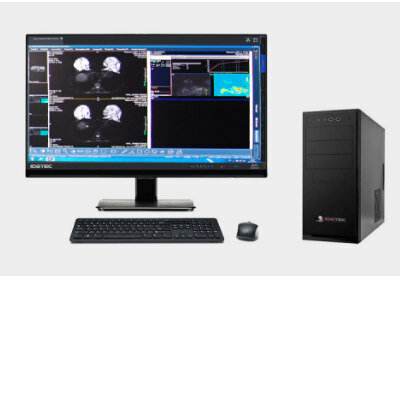Lower-Dose Molecular Breast Imaging Possible for Single-Head Imaging Systems
By MedImaging International staff writers
Posted on 28 Aug 2012
Breast-Specific Gamma Imaging (BSGI) or Molecular Breast Imaging (MBI), a breast imaging procedure performed using a tracer, has demonstrated the ability to detect cancers missed by mammography and ultrasound. Now researchers are performing studies at lower doses in hopes of confirming a method to reduce the overall radiation exposure to the patient.Posted on 28 Aug 2012
High-risk women with dense breasts could benefit from lower radiation exposure during screening. According to a presentation at the European Society of Radiology Congress in Vienna (ESR; Austria), this spring, Dr. Marcela Bohm-Velez of Weinstein Imaging Associates in Pittsburgh (PA, USA) concluded that low-dose studies are possible when conducted under a properly designed clinical protocol. These findings were obtained from an on-going study in which additional patients have been recently added. In their prospective trial, 60 patients had low-dose MBI followed by imaging at the standard dose. To date, the study revealed that the tracer washes out of the breast cells quickly with only half of the tracer remaining in the breast approximately 137 minutes after injection.
"Our early results indicate that low-dose MBI is feasible and doses of 10 mCi [370 GBq] or less with the single head MBI imaging system can provide clinically useful images. However, the clinician needs to be aware of the pharmacokinetics of sestamibi, otherwise it can be challenging to implement low-dose protocols. The fairly rapid washout rate represents a potential stumbling block if the imaging is not managed properly; it is important to image very soon after injection to provide the best images," said Dr. Bohm-Velez. "These are physiologic effects that detector technologies cannot overcome. While all of the currently available MBI/BSGI machines are capable of low-dose imaging, low-dose imaging presents us with new challenges. Proper clinical protocols are needed to ensure optimal image quality and patient care."
Related Links:
ESR
Weinstein Imaging Associates














